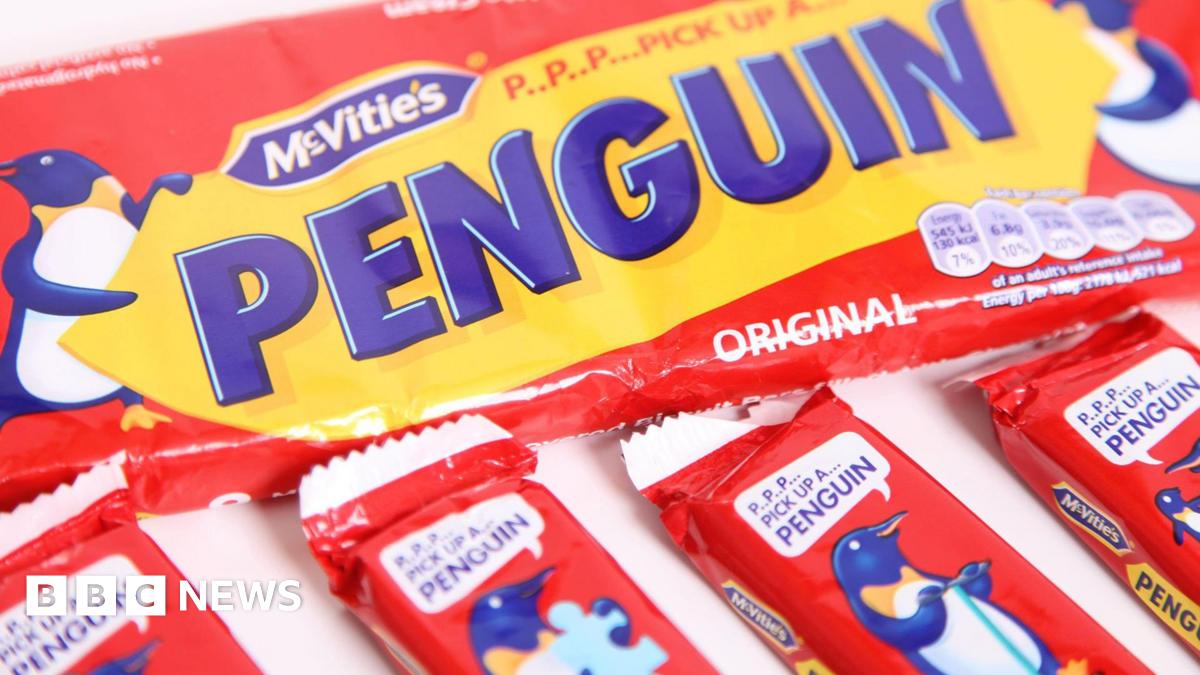The change to the bars’ ingredients was first reported by trade journal The Grocer, external.
A spokesperson for Pladis said: “We made some changes to McVitie’s Penguin and Club earlier this year, where we are using a chocolate flavour coating with cocoa mass, rather than a chocolate coating.”
“Sensory testing with consumers shows the new coatings deliver the same great taste as the originals,” the spokesperson added.
The company said it was committed to delivering “great-tasting snacks” while managing rising costs, and it only adjusted its recipes when “necessary”.
Confectionery historian Alex Hutchinson said many confectioners were lowering the amount of cocoa ingredients in their chocolate in favour of cheaper alternatives.
When processed, a cocoa bean becomes cocoa liquor, which contains 50% each of cocoa solids and cocoa butter.
But manufacturers looking to save costs can reduce the amount of ingredients they use which are directly from the bean, and instead use alternatives such as palm oil or shea butter.
For milk chocolate to be classified as such, UK regulations say it should be made up of about 20% cocoa solids, slightly lower than EU regulations which stipulate a minimum of 25%.
The move from Pladis, which owns well-known household favourites such as McVities, Godiva, Go Ahead and Jacobs, means the firm is now using less than 20% cocoa-bean derived ingredients in its “chocolate” coating for Club and Penguin.
Although cocoa commodity prices have eased slightly recently, a surge in costs over the past three years led to pricier Easter eggs and squeezed profit margins at some chocolate-sellers.
“During my lifetime the cost of cocoa has stayed around $3,500 (£2,607) dollars a tonne and last year it soared to $11,500 (£8,567) a tonne,” said Ms Hutchinson.
“Chocolate costs more than ever before,” she added.
